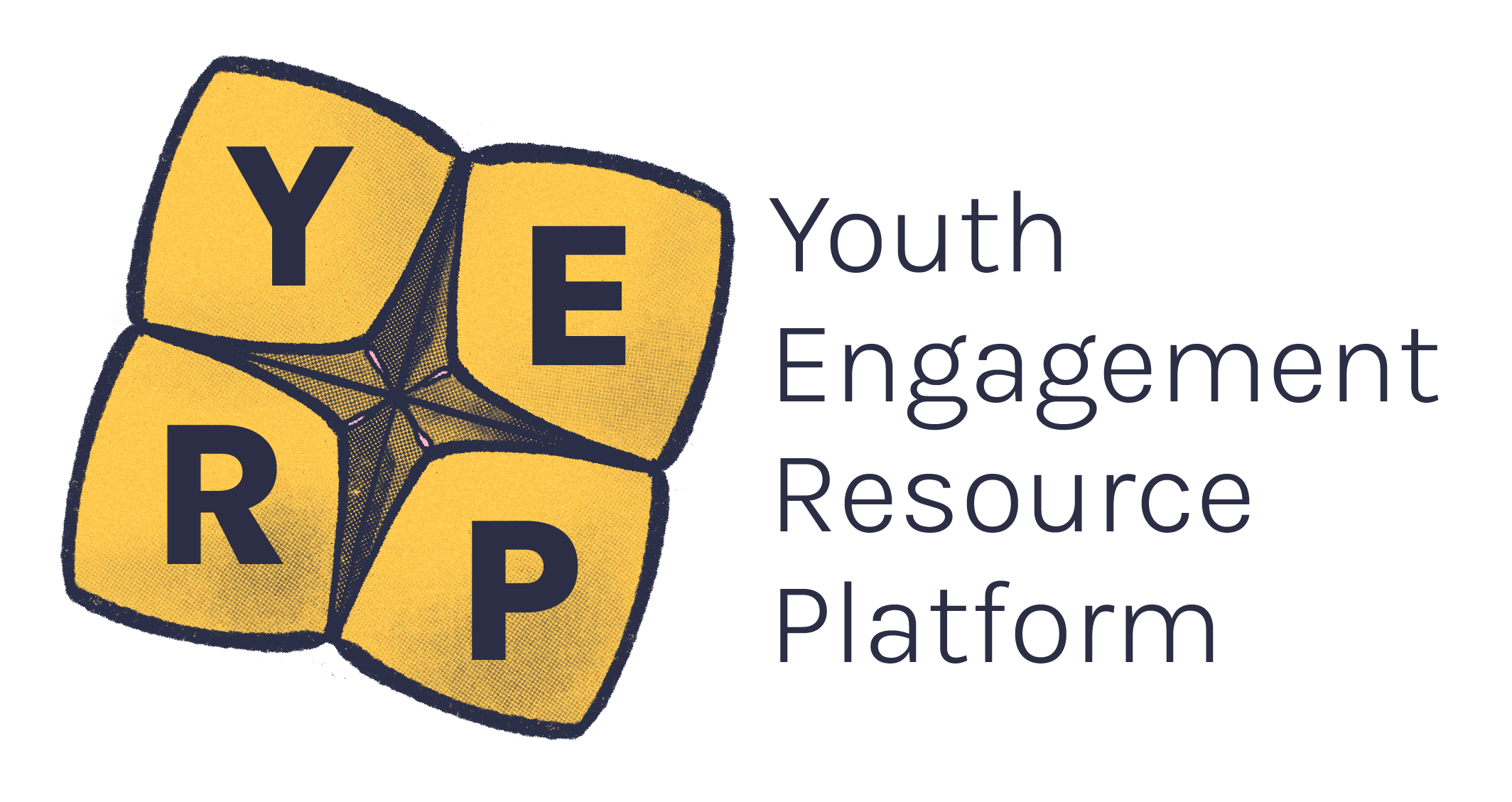Transparency is central to ethical and safe youth work practice. Embedding transparency is essential in maintaining your integrity as a worker and establishing trust with the young people you work with.
When engaging with a service, it’s easy for young people to feel as if things are going on behind closed doors, or beyond their control.
To prevent this, you as the youth worker must outline what the process of working together will look like from the start of the relationship.
This means discussing things like:
- professional boundaries
- how you will work with the young person
- what the process of working together will look like
- the intentions and reasons for the work.
It’s also important to be transparent about program/funding requirements and targets. This means young people can understand the motivations that might be behind a youth worker’s actions and decisions.
Creating a space which encourages open dialogue and honest communication helps to develop positive relationships with young people. It supports their autonomy and self-determination and fosters emotional safety.
Transparency can also be applied in an organisational context in which communication is open between staff members and managers, and decision-making at higher levels of the organisation is clearly explained.
For more information about safe and ethical practice with young people check out The Code of Ethical Practice for the Victorian Youth Sector.
- YSAS. (n.d.). Integrity & authenticity YouthAOD Toolbox. The Centre for YouthAOD Practice Development. https://www.youthaodtoolbox.org.au/integrity-authenticity
- Cooper, F. (2012). Professional boundaries in social work and social care : a practical guide to understanding, maintaining and managing your professional boundaries. Jessica Kingsley Publishers. (pp. 30–45). https://bhdp.sccgov.org/sites/g/files/exjcpb716/files/boundaries_for_carers.pdf





